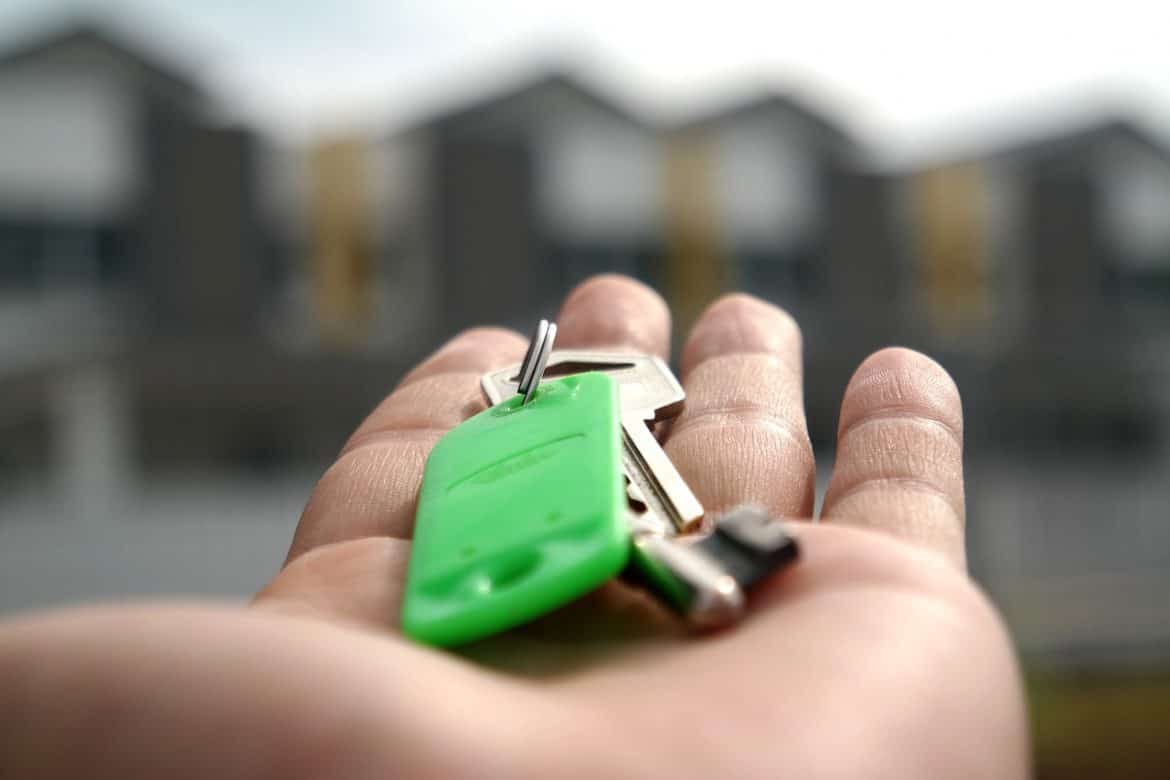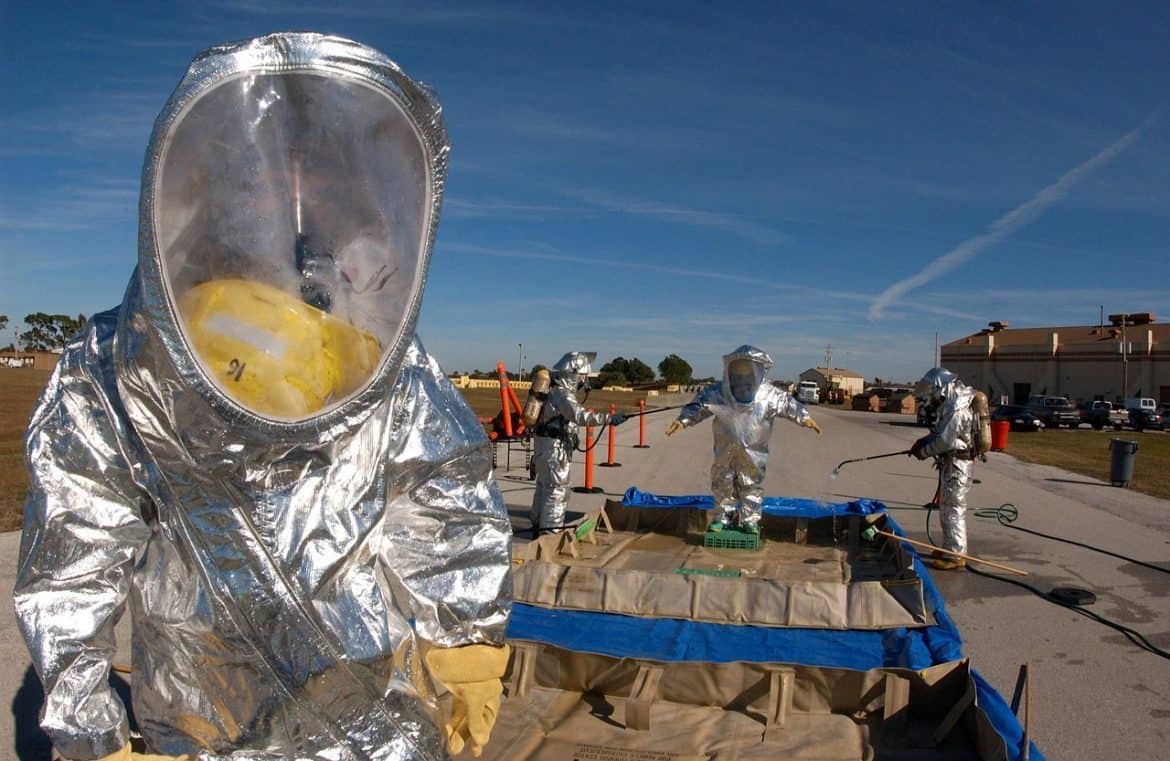Keep an ear out for Severe Weather. Local forecasts are more available than ever, and you can use them for more than just planning how to dress! When you hear special weather information, as opposed to just a forecast, know what you’re hearing. What’s the difference between a WATCH and a WARNING? WATCH: conditions are […]
Category: Information
How to Stop Burglars from Targeting Your Home
If you want tips on burglary prevention experience has shown us that burglars like many things (mostly other people’s things) Thieves prefer two conditions: An invitation, and A fast, easy, undetected entry and exit Burglary invitations aren’t stuffed into envelopes as are birthday party invites; nor do we hang signs on our doors. However, invitations […]
List of Great Books on Bartering
Just by going to websites like this, you are way ahead of the general populace. If you go ahead and actually prepare you are light-years ahead of most. If we have a large scale disaster, you may be in a position to trade some of your goods (and services) for items you may need. Here are some books to get you started in bartering.
Hazardous Materials
The first thing to know about Hazardous Materials is this: If you see a chemical accident, call “911.” Let the professionals handle it! I have been a hazardous materials technician for several years, and after working hundreds of events I can say for certain that no two are alike, and the minute you get comfortable […]
“Third Tier” List of Recommended Specialty Books
Some of these books are more expensive than those in the second and first tiers, others are more technical, and some are supplemental texts that cover the same subjects in different ways. For whatever reason, I don’t find these books as essential as those on the first two lists, even though I bought some of them first….





